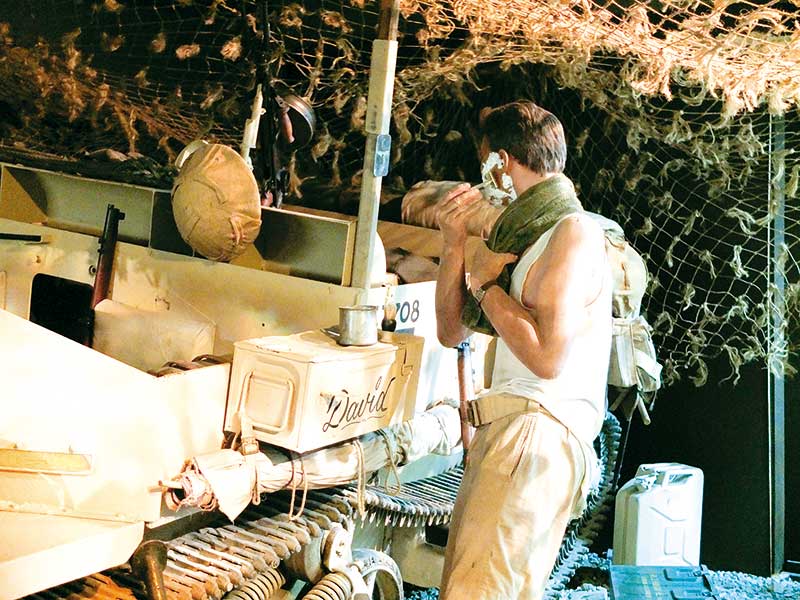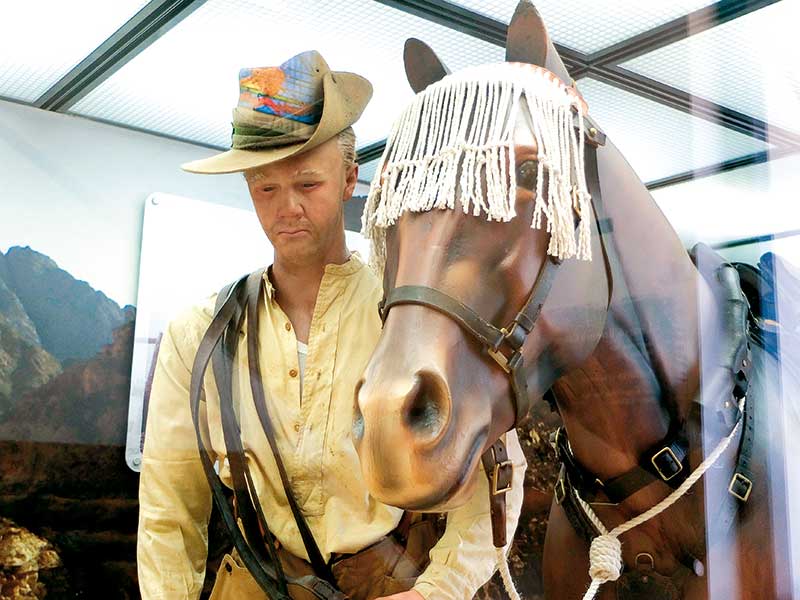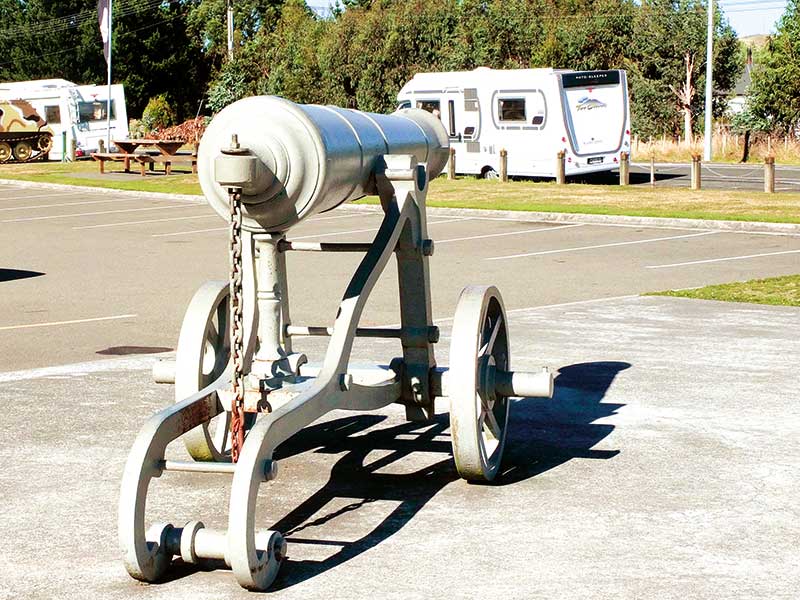On the day we drove through Waiouru last month, a startling revelation was announced: twice the number of New Zealand soldiers served in the Gallipoli Campaign than was previously thought – not 8556 but around 16,000 countrymen had headed for those fateful shores. Under the weight of such extraordinary news, breaking our journey to revisit the National Army Museum seemed almost obligatory.
I am pleased we did. In most museums, I quickly suffer from information fatigue. In this one, even on a second visit, I was still there two hours later, cramming in the fact and figures of my country in combat. The displays, dioramas and scenery, depicting scenes from the New Zealand Wars to the debacle of Vietnam, were so lifelike I sometimes felt I should apologise to the models for intruding.
But it’s in the detail that the reality comes closest: a mother’s letter to her 18-year-old son who was killed before he received it; another by a WWI desert soldier stating that “houses of ill repute [in Cairo] were as numerous as the churches of Christchurch”.
Then there was Gus, the majestic gelding representing the 8000 horses sent to the Anglo/Boer War, of which only one returned; the model of an Amazon, the name given to women who dressed themselves in military uniform and demanded donations for the 1914-18 war effort; the dummy head which was held above the trenches to draw fire and reveal the location of the enemy; and the decidedly unattractive scarf, crocheted by Queen Victoria that she awarded to one gallant soldier from each participating country.
The new Gallipoli Exhibition is on display for the duration of the centenary of WWI (2014-2018). In a simulated muddy bunker, wallboards explain the lives of 20 ordinary soldiers (and one dog) who did extraordinary things, each giving a different perspective on the campaign. The stories were evocative of the hell they endured or died of. The exhibits gave a glimpse of the reality: a rat forages in a box of bandages; a kidney dish contains a bloody cloth, an amputated finger and blowflies; a typical meal of boiled beef, army biscuits (rock chewers) is also covered in blowflies; and a sign next to a dugout latrine explains how most gut-stricken men never made it. On a small box protruding from the wall was labelled with an invitation to lift the lid. Of course I couldn’t resist and out wafted the appalling pong of a trench bog.
I headed for the cool clear air of the central plateau grateful that I could leave the dark slipstream of war behind me, and acutely aware that many others had no such luck.
Jill Malcolm is a former editor of Motorhomes Caravans & Destinations and author of the Great Kiwi Motorhome Guide.

The road to Milford Sound
Explore the awe-inspiring journey to Milford Sound through Fiordland National Park – from scenic DOC campsites and iconic hikes to wildlife cruises and luxury stays








